The year is 1931. Ghandi has been released from prison. The Empire State Building has just been completed in New York City, and France has just earned its first-ever international victory over England.
The two nations faced off in Paris with England representing the big bully and France the underdog. Despite the odds, Les Bleus pulled off the upset, recording their first win against their rivals with a commanding 5-2 result. The French were jubilant after the win — they had literally beaten the Three Lions at their own game.
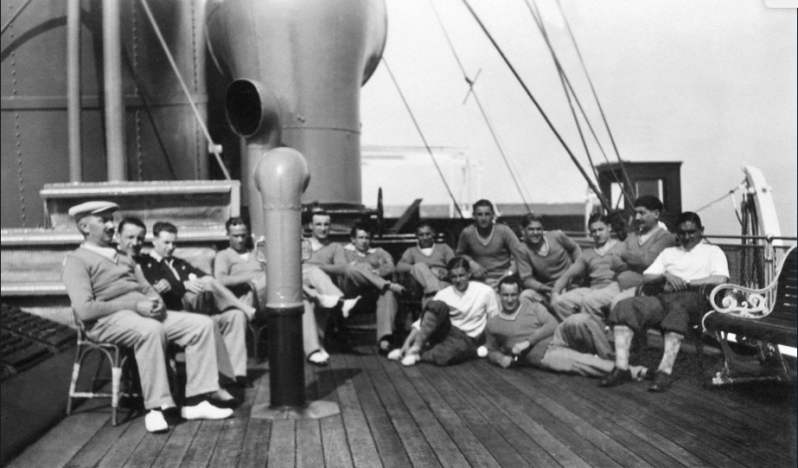
The French national team a few months before their big win over England. Photo: @bcessay | Twitter
In order to commemorate the historic triumph, the French players asked their opponents for their jerseys. The English sportingly obliged.
This was the first instance of the jersey-swap, a ritual in its embryonic stages. Accordingly, it wasn't established as a world-renowned tradition infused with distinct meaning immediately after the match. That development took some time and various steps.
1954: Shirt-swapping makes its World Cup debut in Switzerland.
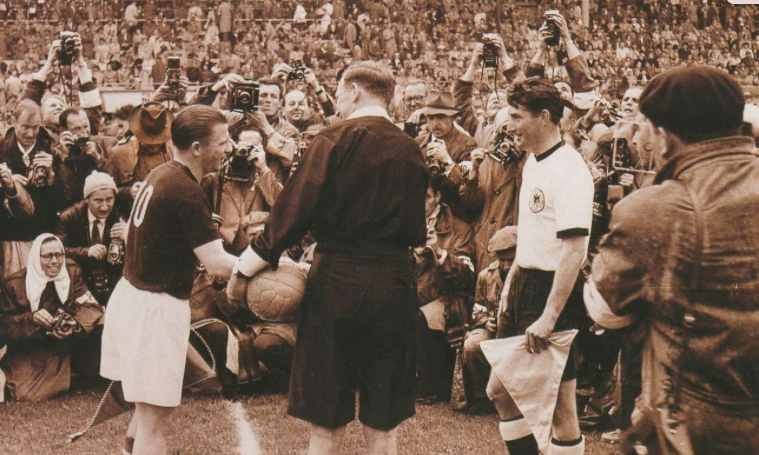
The kick-off at the World Cup final in 1954. Photo: @footballrevival | Twitter
1962: It's made its way to the club scene, most notably after Benefica’s European Cup triumph with Benefica starlet Eusebio exchanging jerseys with Real Madrid’s Alfredo di Stefano. Upon being lifted in the air by exuberant fans post-match, Eusebio recalled: “I had Di Stefano’s jersey in my shorts and was afraid that someone would take it off me."
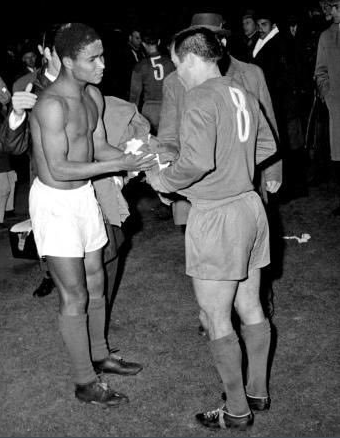
Eusabio and Di Stefano after the 1962 European Cup. Photo: @footballrevival | Twitter
1966: Trading jerseys becomes a point of contention. England had just beaten Argentina in the World Cup quarterfinals, but, despite the win, England manager Alf Ramsey made his displeasure with Argentina known when he described them as “animals.” Ramsey prevented Geoff Hurst from trading jerseys with Argentina’s Alberto Gonzalez.
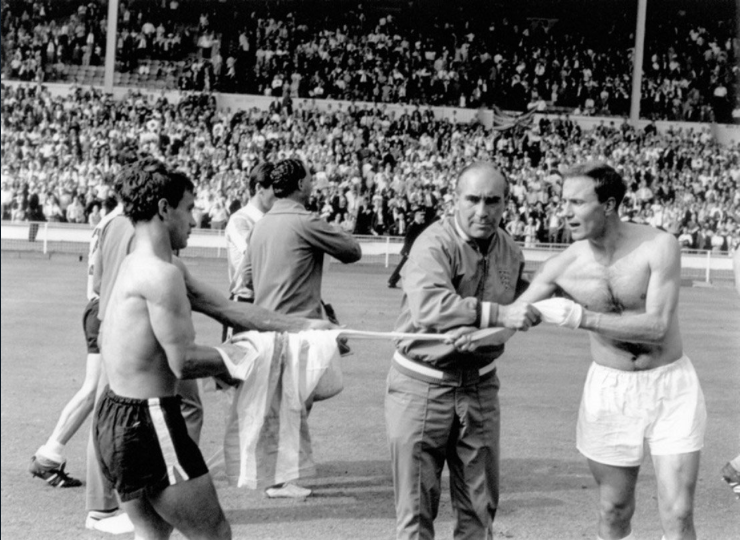
Alf Ramsey prevents a jersey-swap at the 1966 World Cup. Photo: @EduCantaro | Twitter
1970: Four years later, the practice becomes a point of celebration! England lose to Brazil in the group stage, and the picture of Pele and Bobby Moore trading shirts instantly becomes iconic.
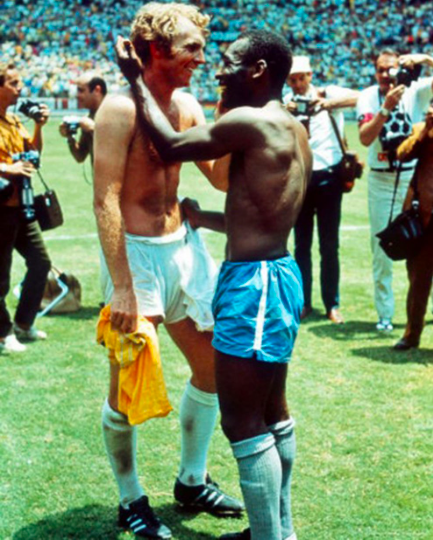
The shirt swap between Pele and Bobby Moore. Photo: @AmigoCultura | Twitter
Today: The practice of jersey-swapping has seeped into other sports such as American football. With a game-worn Lionel Messi shirt estimated to be worth five figures, it's not uncommon to hear about squads fighting over the right to exchange jerseys with the world's best players.
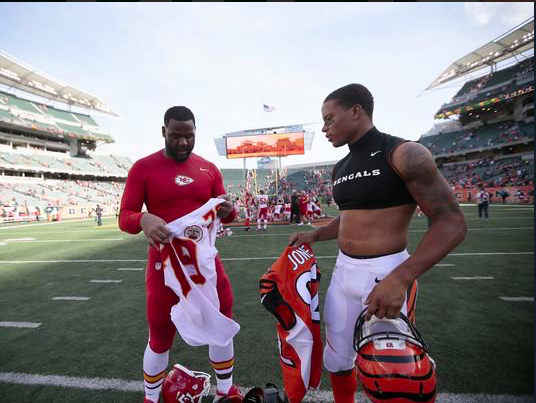
Exchanging jerseys has taken on a similiar significance in the NFL. Photo: @ENQSports | Twitter





